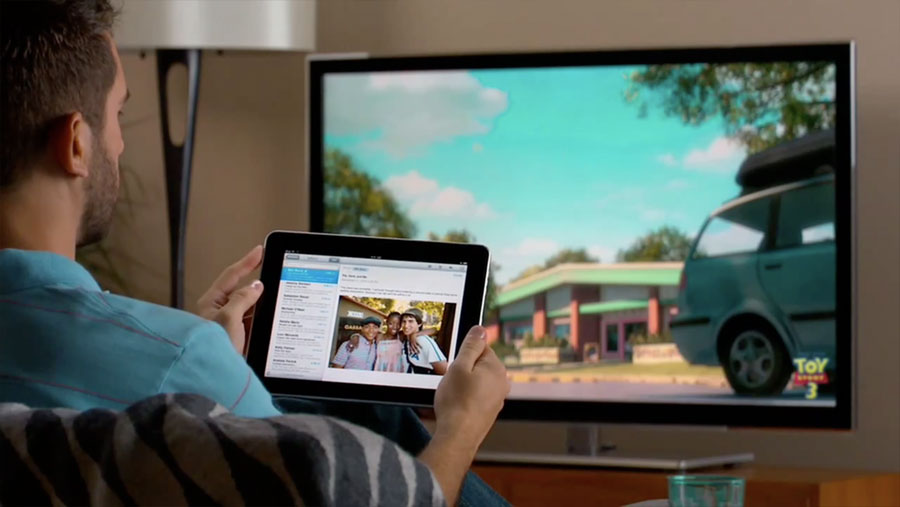Written by: Roshan Dwivedi
It could be argued that young people have begun to spend too much time immersed in the small screens of their smartphones, tablets and computers. But a shift in the content of the “small screen” has changed enough to apply to everybody. Where we once looked to the TV sets in our living rooms to watch our favorite programs, more and more Americans are looking to these small screens instead. Millions of Americans have relied on television since its invention to watch their favorite weekly programming. But since its invention in the 1920s, television has gone through many changes to enhance the viewing experience.
Over the years color and picture quality improved, new channels were added and in 1999 the Digital Video Recorder (DVR) allowed for the recording of programs so that you didn’t have to watch them at the time they air. The world of television has been ever expanding, but we’ve reached a point in pop culture that we should have seen coming all along. You no longer need a television to watch TV – all you need is an internet connection. Streaming, or the playing of video in real time as it is downloaded over the Internet, has become a major way that people watch television. The most popular ways to stream are through subscription services such as Hulu, Amazon Prime and the wildly successful Netflix. These websites offer a wide array of movies and TV shows in exchange for a monthly fee – with some websites even offering free versions. There are many different kinds of streaming services, even some that cable TV stations have begun to offer, but Netflix definitely has earned the most notoriety.
Netflix began in 1999 with a DVD-by-mail service. This was probably one of the first major steps in the downfall of DVD rental stores in that for $5 per month you could order your movie or TV show rentals online and keep them for as long as you’d like. Naturally, the company began to pick up speed as demand increased with its viewers.
They eventually decided to make a move that would change the state of TV forever: in 2007, they introduced online video streaming solution as a free addition. At the time, instant streaming was revolutionary. While it was still convenient to receive movies by mail after only a few days, this method wasn’t effective with TV shows. The way shows are formatted for DVD, a season will have multiple discs with only a couple of episodes per disc. With the mail delivery service, you could only rent one or two discs at a time, so if you were trying to watch an entire season, it might take a while with the waiting time in between the shipping of the discs.
With instant streaming, you had entire seasons ready to watch on your computer screen. Needless to way, this changed the entire game.
Read the entire story here.












Add your comment